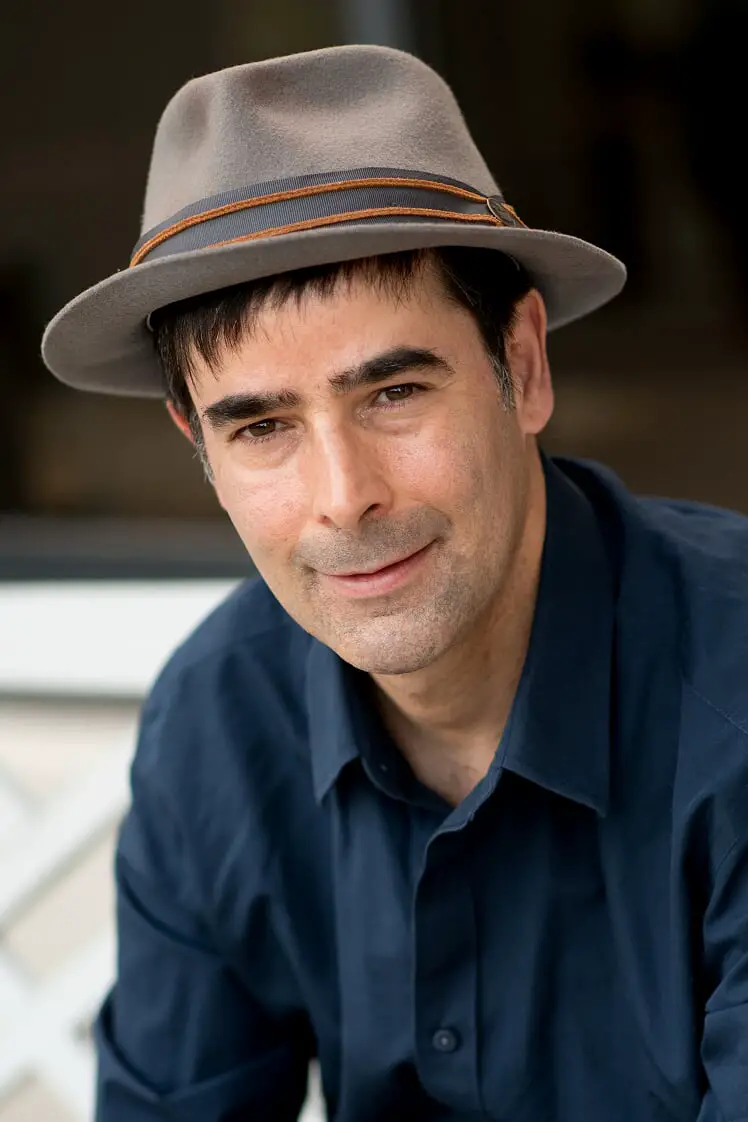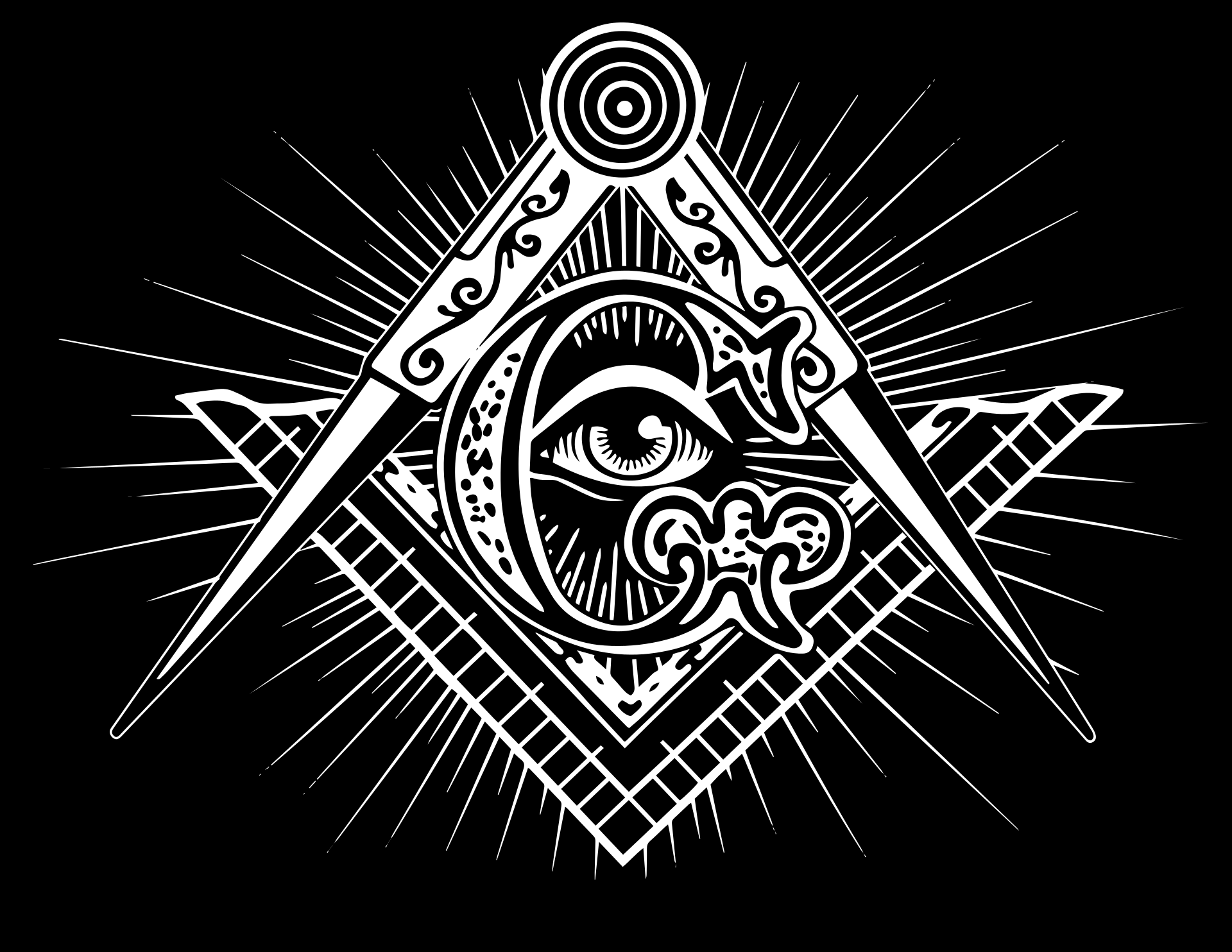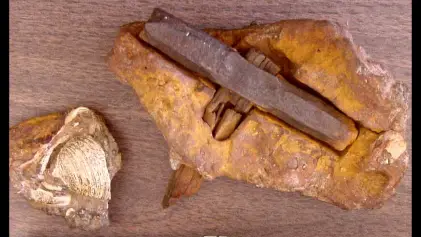 reemasonry is a fraternal organization of which members have included George Washington, Harry S. Truman and Wolfgang Amadeus Mozart. Worldwide membership in the society totals over 3 million members, of which 1.1 million are in North America.
reemasonry is a fraternal organization of which members have included George Washington, Harry S. Truman and Wolfgang Amadeus Mozart. Worldwide membership in the society totals over 3 million members, of which 1.1 million are in North America.
But where did Freemasonry come from?
Modern Freemasonry, as it is known today, is often considered to have begun in 1717, the year that four lodges in England formed the Grand Lodge of England. Originally emanating from British trade guilds of old, by the 1700’s Freemasonry had evolved into an organization that favored religious tolerance over the strict dictates of the Catholic Church. (More on trade guilds and Freemasonry later).
Modern masonic lodges had several hallmarks. They set up their own bylaws, rituals and rules for prospective members to appeal for membership. Masonic lodges were non-religious and apolitical but did require that members profess belief in God. (Freemasonry takes no stand on which religion members owe allegiance to).
By the 1730’s, Grand Lodges had popped up across Europe. In 1738, a Scottish Freemason named Dr. James Anderson wrote the Constitutions of the Freemasons, the first official set of bylaws and rituals for the group. In drafting the Constitutions of the Freemasons, Anderson drew from a series of masonic manuscripts, known as the Gothic Constitutions, dating back from approximately 1150 to 1550 A.D.
While the Gothic Constitutions cover a wide range of topics, two notable themes are the duties and responsibilities of a Freemason and the lore of Freemasonry, often referred to as “the Craft.”
The phrase “the Craft” conjures images of Freemasonry’s historic ties to stonemasons of old. In Medieval times, stonemasons took rough pieces of rock or stone and fashioned them into geometric shapes in order to create a structure. These stonemasons travelled across England to build cathedrals and other structures using their masonic (i.e., building) tools. In the Middle Ages, stonemasons organized into guilds, called lodges, to take care of sick and injured members, as well as the widows and orphans of those who were killed on the job.
Years earlier, stonemasons performed similar roles in building the Pyramids of Giza and Solomon’s Temple. As such, Freemasonry owes its historical heritage to these ancient stonemasons in ancient Egypt and Jerusalem — though no proof ascertains that Freemasonry existed in those days.
Drawing from this historic heritage, lodges of Free and Accepted Masons — as we call ourselves — frequently reference the tools of stonemasons as metaphors for building our character and for uniting a stronger masonic community, just as stonemasons use them to build stronger structures.
While lodges under various jurisdictions (i.e., Grand Lodges) operate in their own unique manners, they all adhere to several principles — showing tolerance and respect for the opinions of others, practicing charity and to care for both their own and for the community as a whole, and striving for the truth.
With some aspects of masonic origins cloudy, it is not uncommon for lodges to dedicate events to speculating about this history — and considering how these events relate to “Craft” as well as the obligations of a Freemason.
Thus, today modern lodges of Freemasons continue to pay homage to people, structures and organizations as well as events that have masonic traits.

When I was a kid, my mom thought that I’d have my own talk show because I was always asking people lots of questions about themselves. When I graduated college, I began living my own dream as a reporter for a news media outlet. As a journalist, I spoke daily with public affairs officers who represented diverse government and corporate clients.
I soon realized that public affairs combined the best of both worlds of journalism and television talk shows — I get to learn interesting and unusual things about people who worked with me, I then get to tell their story. With this thought in mind, I spent two years at CIA, where I was a supervisor in the Public Communications Branch at the Office of Public Affairs.
As a strategic communicator, I juggle many balls — but I’m a writer first. Writing is my first love. You can say that I’m addicted to it.
On a personal level, my parents taught me the value of travel when I was young, and since then, I’ve been an avid traveler — I have visited 20 countries. Though I’ve learned important lessons from each of my trips, my trip to Chile — the string bean-shaped country — was my favorite.
To learn more about me and my digital travels, visit my Twitter page.





